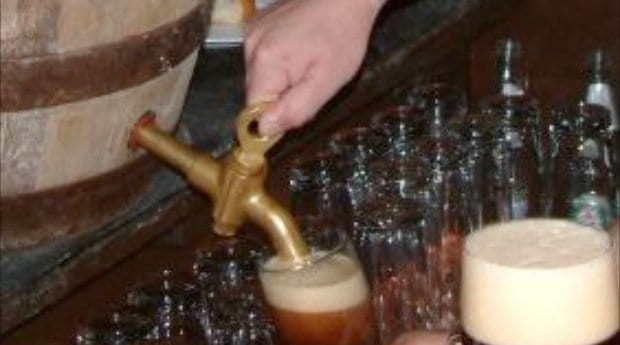Higher binge-drinking rates among gay and lesbian teens, compared to their straight counterparts, could be attributed to chronic stress caused by difficult social situations, says a study presented May 3 at the Pediatric Academic Societies’ annual meeting in Vancouver.
The study says research shows that lesbian and gay people in general experience higher rates of physical and mental-health problems, possibly because of the stress caused by being a minority. According to this theory, chronic stress connected to discrimination, rejection, harassment, concealment of sexual orientation, internalized homophobia and other negative experiences leads to poor health.
The study authors wanted to learn whether the minority stress theory would also explain why gay and lesbian adolescents engage in binge drinking more than heterosexual youth.
Researchers analyzed responses from 1,232 youths aged 12 to 18 who did an online survey conducted by OutProud, a coalition for LGBT youth. Sixteen percent of the respondents identified themselves as lesbian, 84 percent as gay males.
Researchers found internalized homophobia was a significant predictor of binge drinking, while experiencing violence or harassment was only marginally associated. Youth living with their parents were less likely to report binge drinking. Feeling connected to the gay community was both positively and negatively associated with binge drinking.
“Those who felt connected were more likely to report binge drinking. However, community connectedness protected against internalized homophobia, thereby indirectly protecting against heavy episodic drinking,” the study says.
Lead author Sheree M Schrager, of the Children’s Hospital Los Angeles, says a more nuanced understanding of what makes gay youth binge drink can help tailor responses.
“Given that interventions are more effective when they are developed to match the cultural experiences of participants, theoretically grounded studies like this one can potentially lead to tailored treatment approaches based on the unique experiences of lesbian and gay adolescents,” Schrager says.

 Why you can trust Xtra
Why you can trust Xtra


